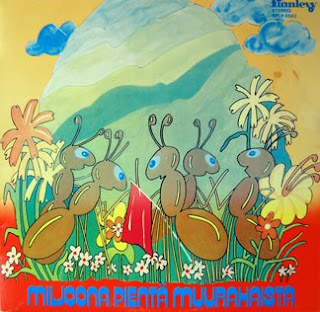 As I was leaving my apartment for work early one day last week, I found my screen door dripping in a clear yellow liquid, as though someone had peed all over it. had a homeless vagabond randomly decided to relieve himself at my door? I tried to think if I might have unintentionally offended someone recently... or maybe I have a secret admirer! of course I turned the garden hose on it, but I must admit it was kinda pretty—those cheerful yellow droplets hanging there, brightly glistening in the rays of the morning sun.
As I was leaving my apartment for work early one day last week, I found my screen door dripping in a clear yellow liquid, as though someone had peed all over it. had a homeless vagabond randomly decided to relieve himself at my door? I tried to think if I might have unintentionally offended someone recently... or maybe I have a secret admirer! of course I turned the garden hose on it, but I must admit it was kinda pretty—those cheerful yellow droplets hanging there, brightly glistening in the rays of the morning sun.side one:
01. Adagio For Organ, Choir and Strings - Francis Lai
02. Tu As Peur De Bruit - Les Roche Martin
03. Schottis På Smögen - Walter Eriksson and Andrew Walter's Orchestra
04. Hello, Dolly - Emil Gorovets
05. Turkish Taffy - Terry Snyder & His All Stars
06. Skip Ghetto - Pop Levi
07. He Doesn't Know Why - Fleet Foxes
08. Too Many Looks In Your Eyes - Andy Gibb
09. That Naughty Waltz - Wayne King & His Orchestra
10. Eastern Twins - Jun Miyaki
11. A Moody Person's Life - Yoon Il-Loh
12. With You Went the World - Karel Gott
13. Doïna and Hora - Ferenc Sánta & His Gypsy Band
14. Almost Over You - Sheena Easton
15. The Great God Pan Is Dead - Jóhann Jóhannsson
[ listen ]
side two:
01. The Ramona Pageant - The Audience
02. Chant of the Jungle - George Cates
03. The Legend of the Rain - Ed Kenney w/ Luther Henderson & His Orchestra
04. Andvari - Sigur Rós
05. A Lazy Kiss - The Mulcays
06. Du, Du, Du [You, You, You] - Ralf Bendix
07. Dream Lover - Enoch Light & His Orchestra
08. Inside Outside - Classix Nouveaux
09. Dörrslusk - Magnus Uggla
10. Why Hawaii? - Slowblow
11. Yesterday - Tammy Wynette
12. Bashtiki-Boom - Ron Goodwin & His Orchestra
13. Irti Tangosta - Duo Milla Viljamaa & Johanna Juhola
[ listen ]








































